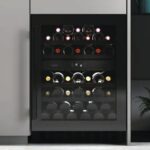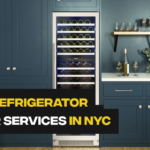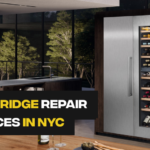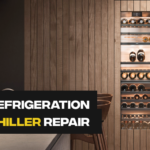Electrolux Wine Cooler Seems To Make Too Much Noise
Post Date: July 8, 2024
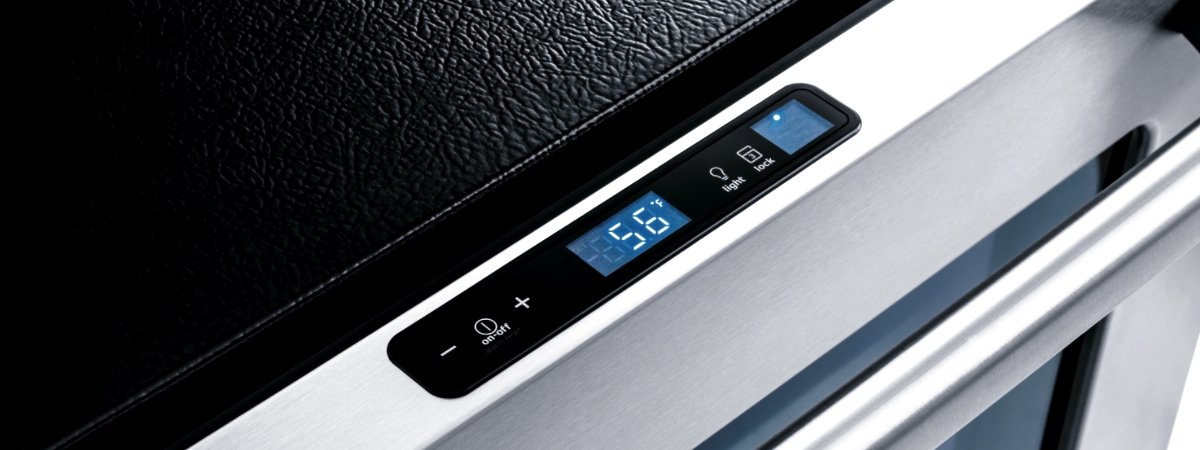
Experiencing excessive noise from your Electrolux wine cooler can be concerning, especially if you’re unsure whether it indicates a problem or if it’s just normal operation. Let’s explore the potential causes of this issue, provide detailed DIY solutions, and suggest preventive measures to help you maintain a quiet and efficient wine cooler.
Causes of Excessive Noise
One of the most common sources of noise in an Electrolux wine cooler is the flow of refrigerant. As the refrigerant circulates through the cooling system, it can produce a rattling or gurgling sound. This noise is generally normal and should not be a cause for alarm. Additionally, at the end of each cooling cycle, you might hear gurgling sounds caused by the refrigerant flowing back into the appliance. Another potential cause of noise is temperature fluctuations. When the temperature inside the wine cooler changes, the inner walls can contract and expand, resulting in popping or cracking noises.
However, if the noise seems unusually loud or persistent, it may indicate an issue with the appliance’s installation or components. For instance, if the appliance is not properly level, it can create vibrations and amplify the operational noise. Ensuring that the wine cooler is correctly leveled can often resolve these issues.
DIY Solutions
To address the excessive noise coming from your Electrolux wine cooler, start by inspecting the installation. Ensure that the appliance is placed on a flat and stable surface. If the wine cooler is not level, it can cause vibrations and increased noise. Adjust the appliance using the adjustable feet at the bottom. Carefully turn the feet until the wine cooler is evenly balanced. This simple adjustment can significantly reduce noise caused by vibrations.
Next, inspect the surroundings of the wine cooler. Ensure that it is not in direct contact with any walls or other appliances, as this can also cause vibrations and noise. There should be adequate space around the wine cooler to allow for proper ventilation and reduce the chances of noise amplification.
If the noise persists, check the internal components. Open the wine cooler and inspect the shelves and bottles. Sometimes, bottles or shelves may be loosely placed, causing them to rattle during operation. Securely position the bottles and ensure that the shelves are properly seated in their slots.
Additionally, clean the condenser coils located at the back or underneath the appliance. Dust and debris can accumulate on the coils, causing the compressor to work harder and produce more noise. Unplug the wine cooler, gently vacuum the coils, or use a brush to remove any buildup. This not only reduces noise but also improves the efficiency of the appliance.
Preventive Measures
To prevent future occurrences of excessive noise, regularly maintain and inspect your Electrolux wine cooler. Keep the appliance clean and free of dust, especially around the condenser coils and the fan. This helps the cooling system operate efficiently and quietly.
Ensure that the wine cooler remains level at all times. Periodically check the adjustable feet and re-level the appliance if necessary. This will minimize vibrations and noise caused by an uneven surface.
Avoid overloading the wine cooler with too many bottles. Overloading can cause the shelves to sag or become misaligned, leading to rattling noises. Follow the manufacturer’s guidelines for the maximum capacity and weight limits.
Lastly, schedule regular maintenance checks with a professional technician. They can inspect the internal components, such as the compressor and fan motor, to ensure they are functioning correctly and quietly. Regular professional maintenance can help identify and address potential issues before they become major problems.
By following these detailed DIY solutions and preventive measures, you can effectively manage and reduce the noise from your Electrolux wine cooler, ensuring a quiet and optimal environment for storing your wine collection. If you continue to experience issues or if the noise seems abnormal, do not hesitate to contact a qualified technician for further assistance.



